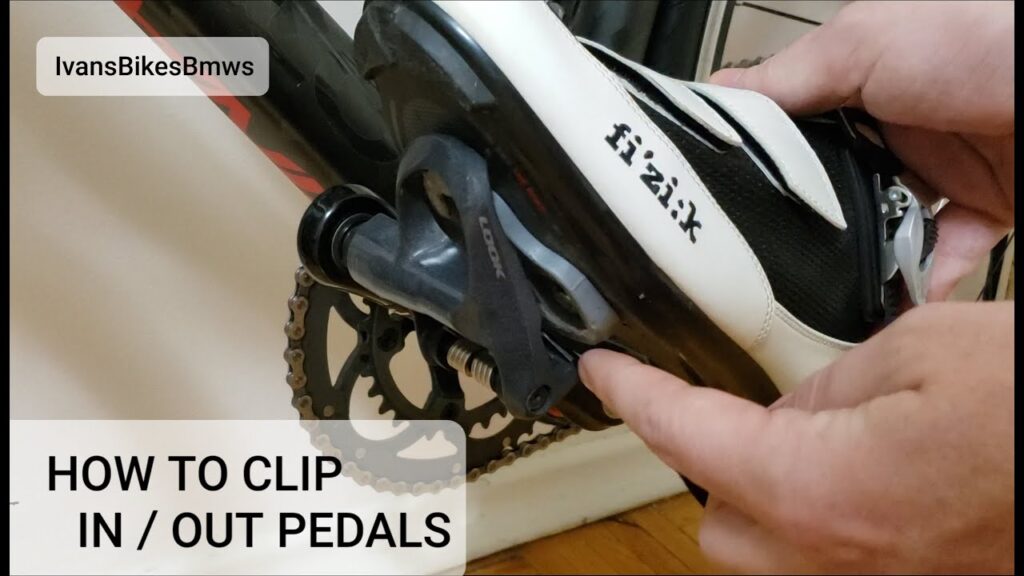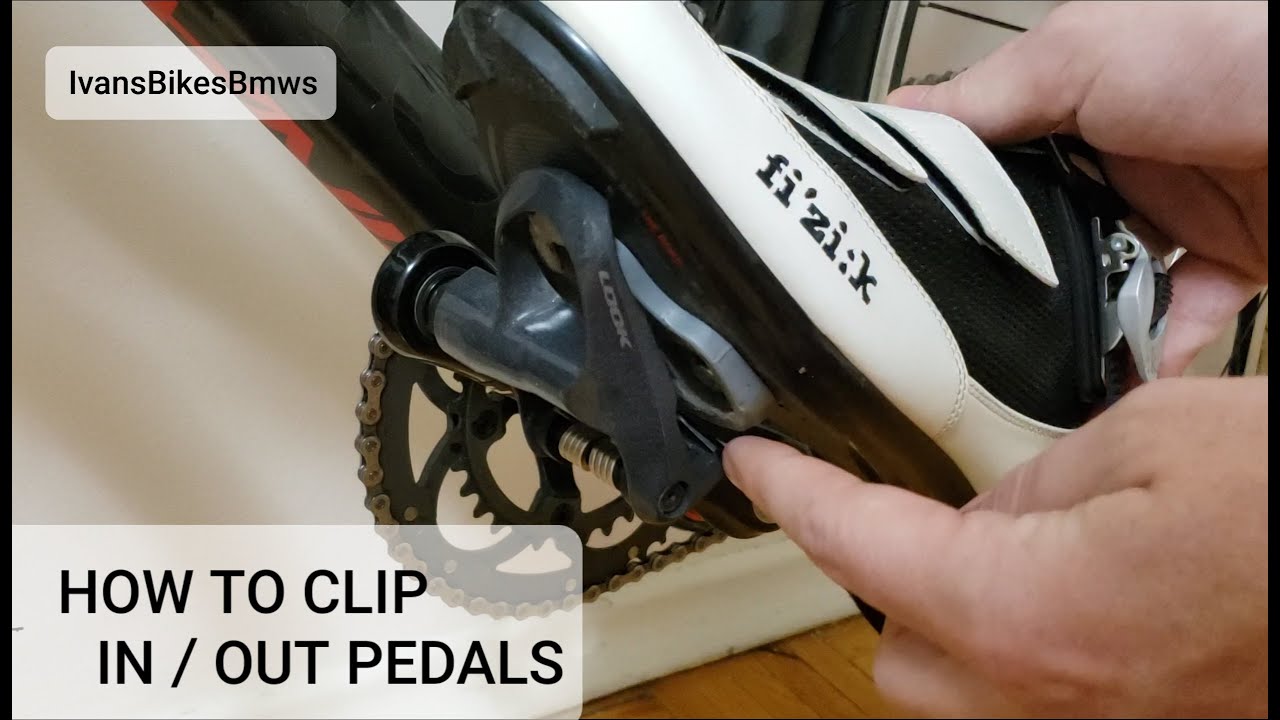
How to Fix and Prevent Loosen Pedals on Your Bike: A Comprehensive Guide
Dealing with loosen pedals on your bike can be frustrating and even dangerous. A wobbly pedal not only affects your pedaling efficiency but also poses a significant safety risk. This comprehensive guide will walk you through the steps to diagnose, fix, and prevent loosen pedals on your bike, ensuring a smooth and safe riding experience. Whether you’re a seasoned cyclist or a casual rider, understanding how to address this common issue is crucial for maintaining your bike’s performance and your own well-being.
Understanding Why Pedals Loosen
Before diving into the solutions, it’s essential to understand why pedals loosen in the first place. Several factors contribute to this issue:
- Incorrect Installation: The most common cause is improper installation. Pedals have specific left and right designations and must be tightened to the correct torque.
- Lack of Grease: Threads need grease to prevent friction and ensure proper tightening. Without grease, the pedal can seize and eventually loosen.
- Wear and Tear: Over time, the threads on both the pedal and crank arm can wear down, leading to loosening.
- Vibrations: Constant vibrations from riding, especially on rough terrain, can gradually loosen the pedals.
- Cross-Threading: Forcing a pedal into the crank arm at an angle can damage the threads, making it difficult to tighten properly and leading to subsequent loosening.
Tools You’ll Need
To address loosen pedals, you’ll need the following tools:
- Pedal Wrench or Allen Key: Most pedals require a 15mm pedal wrench or an 8mm/6mm Allen key for installation and removal.
- Grease: A good quality bicycle grease to lubricate the pedal threads.
- Torque Wrench (Optional): For precise tightening to the manufacturer’s recommended torque.
- Clean Rags: To clean the threads and surrounding areas.
Step-by-Step Guide to Tightening Loosen Pedals
Step Verify Pedal Direction
One of the most crucial steps is to ensure you are tightening the pedals in the correct direction. Pedals have reverse threading depending on the side. The right pedal (drive side) has a standard right-hand thread (tighten clockwise, loosen counter-clockwise). The left pedal has a left-hand thread (tighten counter-clockwise, loosen clockwise). Most pedals are clearly marked with an “L” or “R”. Attempting to tighten the pedal in the wrong direction will only further loosen it or damage the threads.
Step Remove the Pedal
Using the appropriate tool (pedal wrench or Allen key), remove the pedal from the crank arm. Remember the direction of thread. Left pedal needs to be unscrewed clockwise. Right pedal needs to be unscrewed counter-clockwise.
Step Clean the Threads
Thoroughly clean the threads of both the pedal and the crank arm using a clean rag. Remove any dirt, debris, or old grease. A clean surface ensures better contact and prevents further issues.
Step Apply Grease
Apply a generous amount of bicycle grease to the pedal threads. This lubrication is critical for smooth installation and prevents the pedal from seizing or loosening over time. Make sure the grease covers all the threads evenly.
Step Reinstall the Pedal
Carefully reinsert the pedal into the crank arm, ensuring it’s aligned correctly to avoid cross-threading. Start threading it by hand to ensure it goes in smoothly. Once you feel confident it’s aligned, use the pedal wrench or Allen key to tighten the pedal. Remember, the right pedal tightens clockwise, and the left pedal tightens counter-clockwise.
Step Tighten to the Correct Torque
If you have a torque wrench, tighten the pedal to the manufacturer’s recommended torque specification. This is typically around 30-40 Nm. If you don’t have a torque wrench, tighten the pedal firmly, but avoid over-tightening, which can damage the threads. A snug and secure fit is what you’re aiming for.
Dealing with Stripped Threads
If you discover stripped threads on either the pedal or the crank arm, you have a more serious problem. Riding with stripped threads is dangerous, and ignoring the issue will only worsen it. Here are a few options:
- Thread Repair Kit: For minor damage, a thread repair kit can be used to restore the threads. These kits typically involve inserting a coil into the damaged threads to create a new, usable surface.
- Crank Arm Replacement: If the crank arm threads are severely damaged, replacing the entire crank arm is often the best solution. This ensures a safe and reliable connection.
- Pedal Replacement: If the pedal threads are damaged, replace the pedal. Continuing to use a damaged pedal can further damage the crank arm threads.
Preventing Pedals from Loosening
Prevention is always better than cure. Here are some tips to prevent pedals from loosening in the first place:
- Proper Installation: Always install your pedals correctly, ensuring they are threaded in the right direction and tightened to the correct torque.
- Regular Maintenance: Check your pedals regularly for any signs of loosening. A quick check before each ride can save you from potential problems on the road.
- Grease Application: Reapply grease to the pedal threads every few months, especially if you ride in wet or dusty conditions.
- Avoid Over-Tightening: Over-tightening can damage the threads and eventually lead to loosening. Use a torque wrench to ensure proper tightening.
- Use Pedal Washers: Some pedals come with washers. Using these washers can help distribute pressure and prevent loosening.
Troubleshooting Common Issues
Pedal Still Loosens After Tightening
If your pedal continues to loosen even after tightening, it could indicate underlying issues such as damaged threads or a worn-out pedal. Inspect the threads carefully and consider replacing the pedal or crank arm if necessary.
Creaking Sounds from Pedals
Creaking sounds often indicate friction between the pedal and crank arm. This can be resolved by removing the pedal, cleaning the threads, and reapplying grease. Ensure the pedal is tightened to the correct torque.
Difficulty Removing Pedals
If you’re having difficulty removing the pedals, apply penetrating oil to the threads and let it sit for a few minutes. Use a long-handled wrench for added leverage. Be careful not to damage the crank arm or pedal.
The Importance of Regular Bike Maintenance
Addressing loosen pedals on your bike is just one aspect of regular bike maintenance. Keeping your bike in good condition ensures a safer and more enjoyable riding experience. Regularly inspect components such as brakes, gears, and tires, and address any issues promptly.
By following these guidelines, you can effectively address and prevent loosen pedals on your bike. Regular maintenance and proper installation are key to ensuring a safe and enjoyable cycling experience. Don’t neglect this crucial aspect of bike care, and you’ll be rewarded with many miles of smooth and trouble-free riding. Remember to always double-check your work and consult a professional mechanic if you’re unsure about any aspect of the repair process. A properly maintained bike is a happy bike, and a happy bike means a happy rider.
So, the next time you feel that telltale wobble beneath your feet, don’t ignore it. Take action, follow these steps, and get back to enjoying the ride with confidence. After all, a little bit of maintenance can go a long way in ensuring a safe and enjoyable cycling adventure.
Happy riding!
[See also: How to Choose the Right Bike Pedals]
[See also: Bike Maintenance Checklist]
[See also: Troubleshooting Common Bike Problems]

